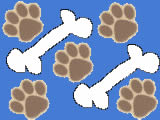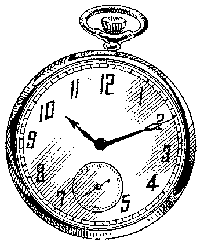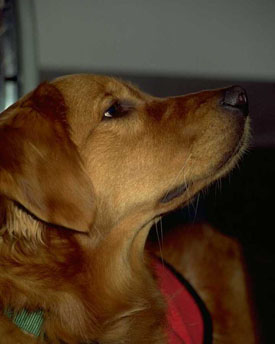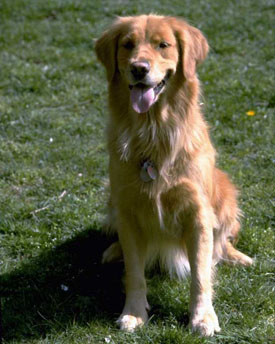Here is your 2nd training lesson.
Building foundation in Dog Training
Skills are developed by repetition. Repeat each skill 4 to 6 times to ensure patterns are being set.
Observe your dog performance. Your dog is keying off your lead. So if you notice that your dog is repeating the same behavior over an over and it is not what you want, then you need to alter something that you are doing. Change your presentation and watch your dogs actions. Did they change? In what way?
Sometimes I will deliberately over exaggerate a move to see how my dog reacts to it. This can provide valuable information in how to get your dog to do what you want. Experiment and change things around, watch your dog and see if you can control their reactions. Then try to improve their performance.
This week we will expand on the targeting exercises. As your dog comes to follow your hands to get the treats, you will find that you can get your dog to follow your hands anywhere. Target sticks can also be helpful and fun to work with. A target stick is basicly a wand of one color and a band of a different color at the end of it. These can be bought, but can be very easily made. A yard stick, a pointer, a piece of a broom stick, a stick or a dowel for the wand and a piece of colored tape or paint at one end. Just like last week when we taught our dogs to come to our hands, you hold out the wand and when your dog touches it anywhere, say "good" and give a treat. Move the wand and repeat. As your dog gets the idea that touching the wand triggers the "good" and treat you can work on getting them to touch the colored section. This will take a little shaping, which means i the beginning we reward anything close to what we want, then gradually modify the criteria to what we really want. Again take your time and have fun with it.
|
|
|
Controlling your dogs head, controls their whole body. Where their head goes their body will follow. This is the basic principle of targeting. The first skill is sit. With sit we want our dogs to look upward at about a 45-60 degree angle. As they look upward pressure is moved down their back and influences the rear to drop into a sitting posture. Sometimes you will need to cause a sweeping action to upward glance, so you may need to swing your arm upward a few times to create a wave into the sit. The second skill is down. Lowering the hand from their nose toward the ground is the basic procedure. I usually bring my hand down toward their front toes, so the dog has to back slightly into the down position. You will need to experiment with this to find the sweet sopt for your dog. The third skill is stand. Stand is simply getting your dog to move slightly forward from either the sit or the down position. I try to hold the treat in a way that for my dog to get the treat their head must be pointing in a relaxed downward posture. Usually holding the treat about the height of their collar under ther chin. The forth skill is simply causing your dog to perform a U-turn at your left side. You must start with your dog facing you, so we normally do this after we do the come behavior. That way our dog is facing us, then with the food in the left hand lead them into a U-turn by your left side. It is usually easier to do this without the leash getting into the way, but practice it both ways, with and without the leash in your right hand. |
Lesson 2
Review the three steps in Lesson 1.
|
|
freeclass2@dogskool.org
Practice these skills several times a day throughout your training course.







 .
.
 .
.